It’s a little hard to believe now, but for 15 years, from 1978 to 1992, Cleveland was without a pro hockey team after having had one (and for the 1972/73 season two) since 1929. However, in 1978 the National Hockey League (NHL) Barons merged with, or more accurately were absorbed by, the Minnesota North Stars (now the Dallas Stars). The combined team kept the North Stars name remaining in Minnesota until 1993 leaving Cleveland without a team.
The city’s first hockey team was called the Indians hit the ice in 1929 and played International Hockey League (not be confused with the later league that would use the same name).They later became the Falcons before finally settling on Barons in 1937. During this same period, the International League became the International-American Hockey League and finally the American Hockey League (AHL).
The Barons were one of the AHL’s most successful franchises and it was often suggested that the team be moved up to major league status with NHL membership. There is much debate about why but that promotion never happened, but that’s another story.
Cleveland finally got a major league team courtesy of the new World Hockey Association in 1972. That team, called the Crusaders, was owned by the same man, Nick Mileti, who owned the Barons. After one season of sharing the old Cleveland Arena, the Barons were moved to Jacksonville, Florida.
In 1976, the NHL moved the struggling California Golden Seals from Oakland to Cleveland where they claimed the Barons nickname. The Crusaders headed to Minnesota to become the Fighting Saints. The NHL Barons arrived with tons of baggage, figuratively and literally. Few wins on the ice, and few butts in the seats, earned them the merger with the North Stars after just two seasons. That left the North Coast with no hockey team, major or minor league, for almost a generation.
The drought ended in 1992 when the Muskegon Lumberjacks of the International Hockey League (IHL) loaded up the moving vans and headed for Cleveland. The team moved into the Richfield Coliseum, previously home to the Crusaders and the aforementioned Barons.
The early ‘90s were a time of great change for the IHL, a minor-league circuit that was founded in 1945. It was during the ‘80s and ‘90s that the IHL rose to become, along with the older AHL, the top second-tier hockey league in North America. Some large cities were represented in the IHL over the years such as Cincinnati, Indianapolis, and Milwaukee. However, for most of its existence, member teams came from smaller Midwestern cities like Ft. Wayne, Saginaw, Port Huron, Dayton, Toledo, and, of course, Muskegon where the Lumberjacks began in 1960 as the Zephyrs.
In 1965, the Zephyrs became the Mohawks, a name they kept until 1984 when they switched to Lumberjacks. The name was a nod to Westen Michigan’s logging heritage. The nickname proved appropriate in Cleveland, long known as the Forest City.
Muskegon wasn’t left without hockey, though, as the Fury of the Colonial Hockey League took the Lumberjacks’ place setting up shop in 1992 and lasting until 2008. Today, Muskegon is served by a new Lumberjacks team. The current club debuted in 2008 and currently skates in the United States Hockey League.
In Cleveland the Lumberjacks got off to a fairly good start in their new home both at the box office and on the ice. They drew just over 5,000 fans a game to the Coliseum and made the playoffs. Attendance held steady the following year, although the team did not reach the postseason.
In 1994, the Lumberjacks, along with the NBA’s Cleveland Cavaliers, moved into what is today known as the Rocket Mortgage Fieldhouse downtown. Crowds increased as the ‘Jacks drew an average of 8,729 for the next six seasons, missing the playoffs only once in that span. For the 1999/200 season, attendance fell to around 4,500, even though the team again made the playoffs.
At the end of that season, though, the IHL folded. Six of the eleven teams were taken in by the AHL, but the Lumberjacks were not one of them. However, one of those teams, the Utah Grizzlies, later moved to Cleveland to become the city’s current pro hockey team, the Monsters. That squad, formerly known as the Lake Erie Monsters, has done well at the gate and on the ice having captured the Calder Cup (the AHL Championship) in 2016, the same year the Cavs won the NBA title. That win gave Cleveland it’s 10th Calder Cup as he Barons won nine of them before moving to Jacksonville in 1973.



